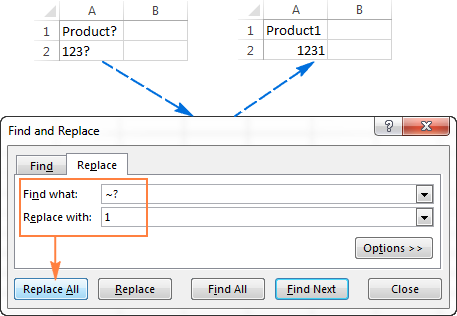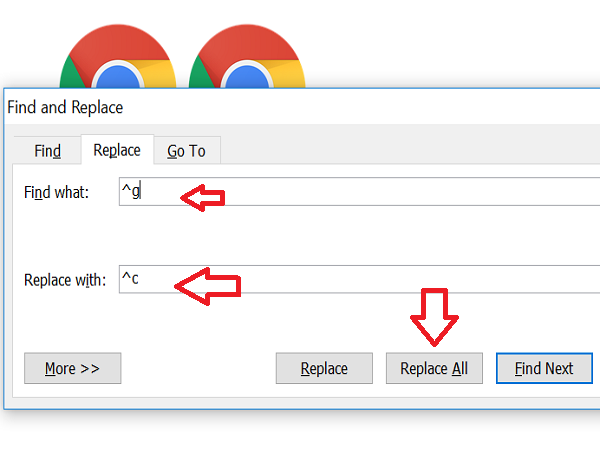


And when you spend time creating a complex regular expression, you can save it into a PowerGREP action file or library for instant reuse later. With a bit of practice, you can create simple regular expressions like the above in a matter of minutes. The documentation that is included with PowerGREP contains a detailed introduction to regular expressions. So setting the replacement text to \2=\1 will swap the words.ĭo not worry if the above looks complex. In the replacement text, we can reuse those with \1 and \2 respectively. The parenthesis capture the first word into the first “backreference”, and the second word into the second “backreference”. The regular expression will match a word, followed by an equals sign, followed by another word. You can do this easily with PowerGREP by searching with the regular expression (\w+)=(\w+) and replacing with \2=\1. Suppose you have a rather long list of pairs in the form of one=another and you want to swap them. While searching and replacing pieces of text is useful, you can automate many tedious editing tasks by adding regular expressions to the mix. Powerful Text File Maintenance with Regular Expressions This way you can easily produce different editions of the same set of files. Specify target options to tell PowerGREP to duplicate the files searched through and make the replacements in the duplicated files. Should you change your mind later, the Undo History will save your day by restoring all files that were modified. Replace or revert individual matches in PowerGREP’s full-featured file editor. Prevent mistakes by previewing the results before modifying any files. Double-click on a replacement to see its context. If you want, PowerGREP will present you with a list of all replacements that have been made. PowerGREP will then perform the search and replace operation on all files matching the file mask in the folder that you specified, and in its subfolders if you want.īut PowerGREP offers you much more than that. Specify the folder and file mask (such as *.txt), and click the Execute button. Put the text you want to have it replaced with in the Replace box. Type in the text you want to have replaced in the search box. The basic way to use PowerGREP’s search and replace functionality is like the search and replace feature offered by any text editor.


 0 kommentar(er)
0 kommentar(er)
